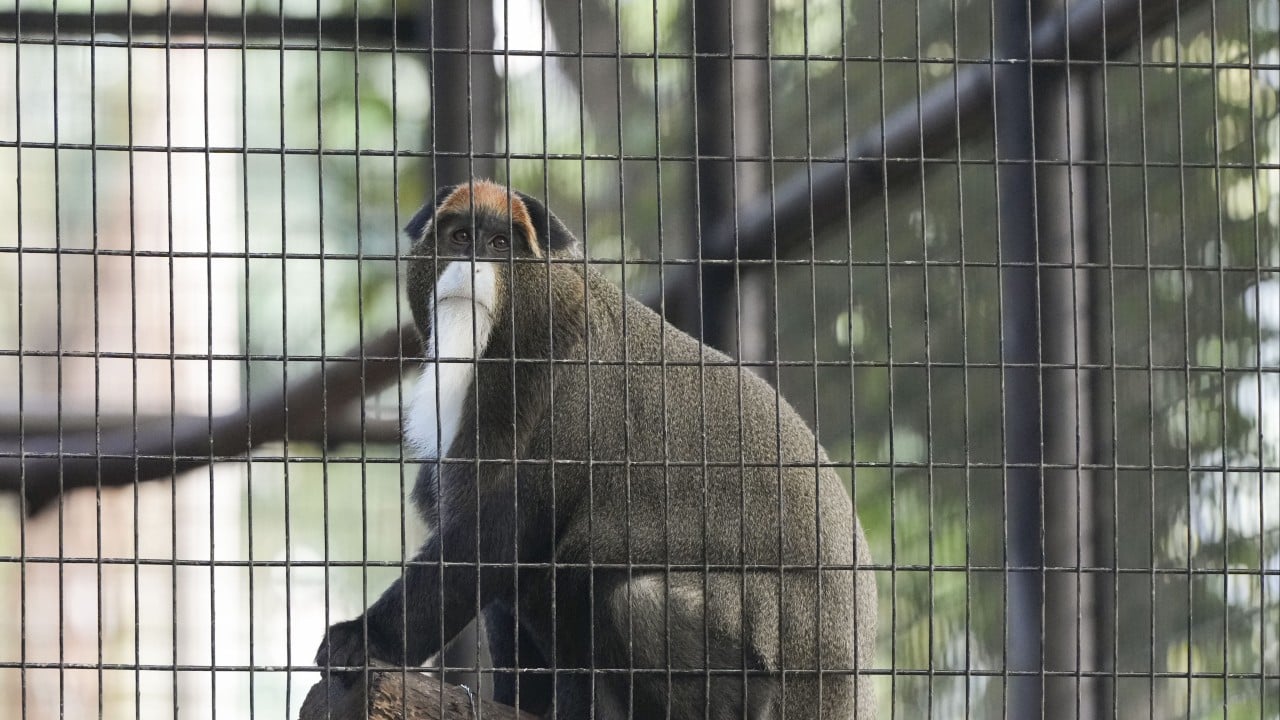Published: 7:26pm, 19 Oct 2024Updated: 8:55pm, 19 Oct 2024
Melioidosis has returned to the public spotlight after health authorities confirmed the disease caused the death of nine monkeys at the Hong Kong Zoological and Botanical Gardens.
Advertisement
The disease, caused by the Burkholderia pseudomallei bacterium, is endemic to the city, with a previous outbreak involving dozens of cases in Sham Shui Po in 2022.
The Post explains more about the disease and how you can keep yourself safe.
1. What happened this time?
Officials said on Friday nine monkeys that died at the Hong Kong Zoological and Botanical Gardens succumbed to sepsis brought on by a melioidosis infection, confirmed by necropsies and laboratory tests.
The announcement followed the discovery of the death of eight monkeys at the zoo last Sunday, with another animal dying on Monday morning.
The dead comprised three cotton-top tamarins, four white-faced saki monkeys, a De Brazza’s monkey and a common squirrel monkey.
Advertisement
A De Brazza’s monkey was placed under observation on Monday after showing symptoms such as abnormal appetite and behaviour. It was said to be in a stable condition.

